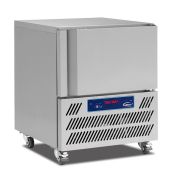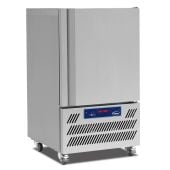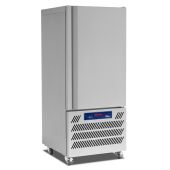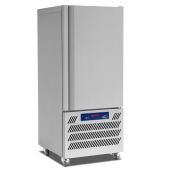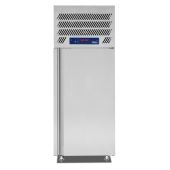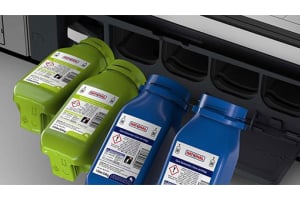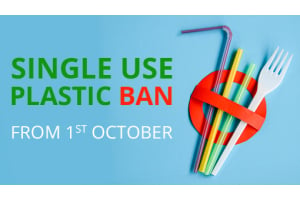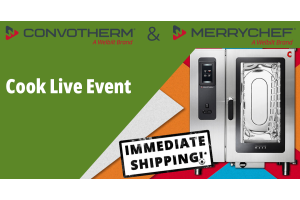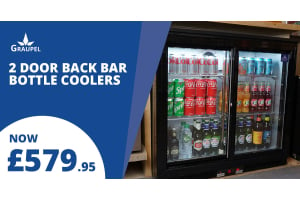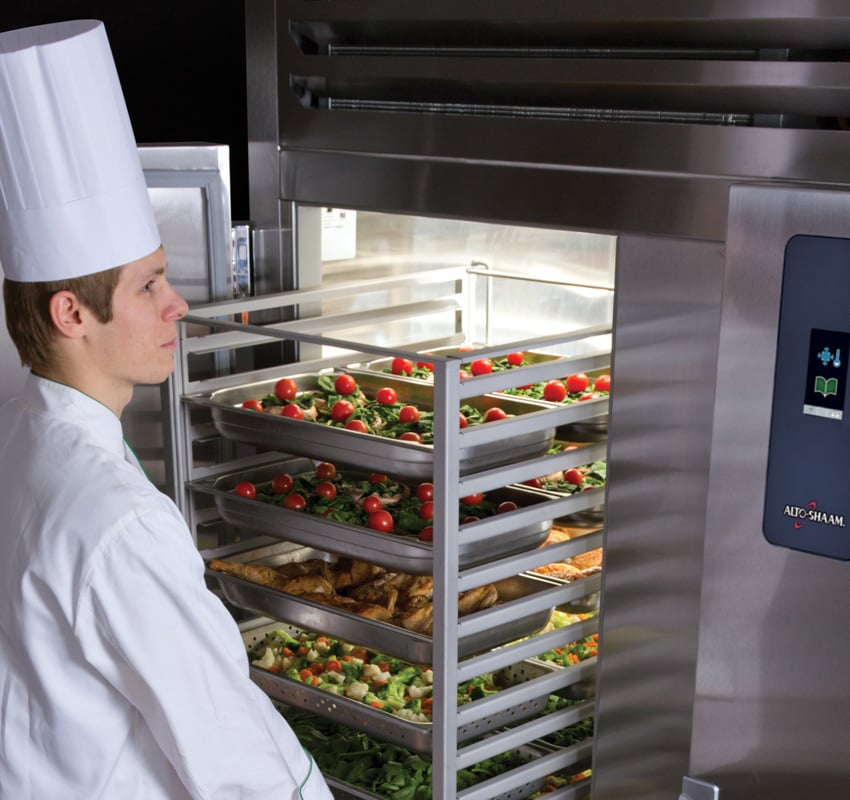
Just a few years ago blast chilling was a process that was almost entirely limited to large-scale food production plants and larger commercial kitchens found in hotels.
However, with many new ‘entry-level’ commercial blast chillers entering the market over the last five years that are aimed at small scale production, this technology is easily accessible to smaller commercial kitchens and independent establishments.
This article looks at how the new generation of Williams WBC Blast Chillers allows chefs and caterers to increase productivity, improve food quality and revolutionise health and safety standards.
Not only can blast chillers change the way your chef can produce food, but they can have a significant impact on food wastage and throughput — factors which ultimately improve profitability.
How Do Blast Chillers Work?
Blast chillers use potent fans to blast cooled air onto hot food, rapidly reducing the temperature far quicker than traditional commercial freezers or refrigeration. This process eliminates the risks associated with the slow cooling of food, primarily that food is not left in the bacteria growth danger zone for an extended period.
Faster Freezing
Typically, a standard blast chiller can cool food from 70°C to 3°C in less than 90 minutes. Some newer units, such as the smaller Williams WBC10 Blast Chiller or, the larger Williams WBC50 Blast Chiller can achieve the same standard of refrigeration from a maximum temperature of 90c.
Improved Food Quality
Many commercial blast chillers also automatically control the chilling process, using digital sensors to adjust refrigeration dependent on load, quantity, temperature or humidity of the food. This makes them ideally placed to preserve food in terms of appearance, taste, texture, aroma and nutritional value.
Benefits of Blast Chilling
Bacteria grow fastest between 5°C and 63°C which is known in the commercial kitchen as the food danger zone. The only safe way to comply with food safety regulations concerning the chilling of cooked food is to use blast chiller.
If you cook, then immediately chill the food, its internal temperature needs to be reduced safely from the top cooked temperature (70°C or above) to 3°C within a 90-minute window. Failure to meet this minimum standard violates health & safety laws concerning food hygiene, which then means that you are putting your customers at risk of ingesting harmful bacteria.
Putting hot food into a commercial fridge will not meet this minimum standard. Furthermore, placing food hot from the oven inside the refrigerator is likely to put all the contents at risk as it raises the ambient temperature. To compensate, the commercial refrigerator will overwork, increasing running costs, potentially damaging equipment and jeopardising stock.
De-Stressing the Kitchen
Besides food safety, utilising a blast chiller to quickly refrigerate stock can help chefs to prepare more food in advance. This means you even out the peaks and troughs of the kitchen workload.
Making more productive use of your time and cooking food in advance allows kitchen staff to expand your menu options, when pairing with blast chiller , you can reduce labour costs by enabling chefs and kitchen staff to make the most of quiet periods and will take the edge off during stressful, busy periods as foods is prepared and chilled in advance.
A blast chiller has the added benefit of reducing food wastage since food that can be left in the chilled storage, reducing wastage means that your profitability will rise.
Soft vs Hard Chill
Some Blast Chillers also have the option of soft or hard chilling. Soft chilling guarantees delicate products like fruit, fish and vegetables do not develop ice crystals on their surfaces during the chilling process.
Alternatively, hard chilling is more appropriate for food products like meats, or baked dishes such as lasagne or casserole, during this air flow drops below freezing preserving the product in its prime condition.
A Conclusion
A blast chiller is an excellent addition to any commercial kitchen’s refrigeration tool-kit. They can guarantee compliance with food safety and HACCP standards, improve kitchen efficiency, productivity and the quality of frozen foods. Our catering experts recommend the new Williams WBC Reach In Blast Chiller range, thanks to its excellent functionality and convenient and easy access profile. Click on the products below to find out more about each of the units in the range.



